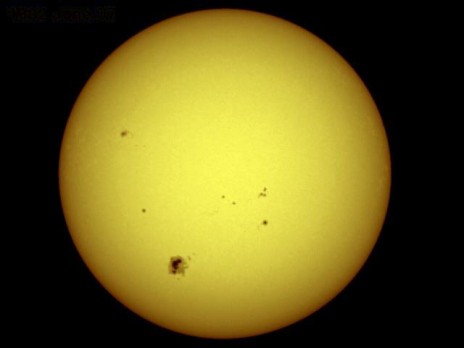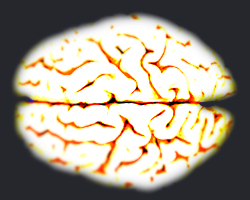The surface of the Sun consists of hydrogen (about 74% of its mass, or 92% of its volume), helium (about 24% of mass, 7% of volume), and trace quantities of other elements, including iron, nickel, oxygen, silicon, sulfur, magnesium, carbon, neon, calcium, and chromium.[10] The Sun has a spectral class of G2V. G2 means that it has a surface temperature of approximately 5,780 K, giving it a white color that often, because of atmospheric scattering, appears yellow when seen from the surface of the Earth. This is a subtractive effect, as the preferential scattering of shorter wavelength light removes enough violet and blue light, leaving a range of frequencies that is perceived by the human eye as yellow. It is this scattering of light at the blue end of the spectrum that gives the surrounding sky its color. When the Sun is low in the sky, even more light is scattered so that the Sun appears orange or even red.
I wish my grandma was hotter than that...

